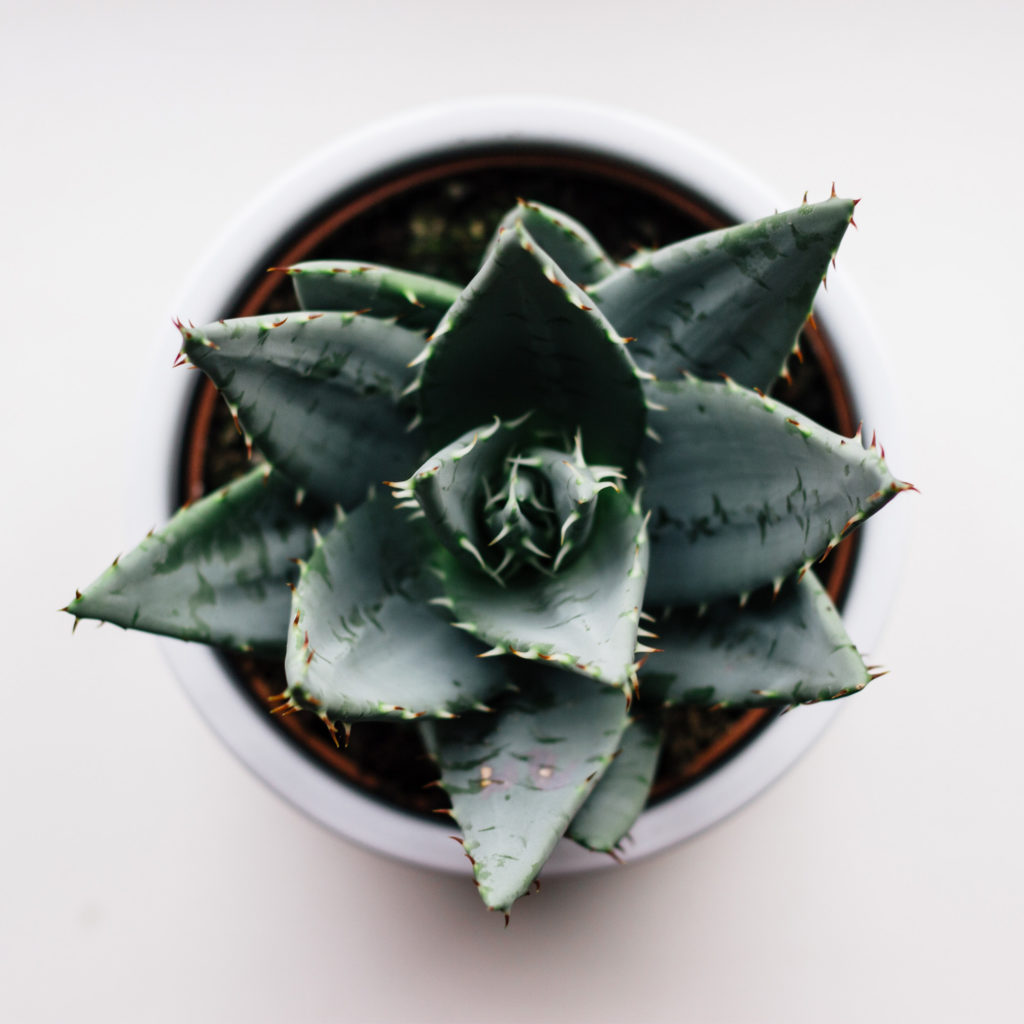The Real Difference Between Cacti and Succulents


All cacti are succulents, but not all succulents are cacti.
In the world of succulents, there is no shortage of strange looking specimens; some out-right look like they are from a different planet. Some are short, some are tall, skinny and others have spikes or even leaves. Succulents and cacti are so intertwined that it can be difficult to tell them apart. For simplicity’s sake, here is how you can tell the difference:
The term “succulent” is the overarching category, and cacti are a family (subcategory) within the succulent group. Succulents are named “succulents” because they have a unique way of storing water within their stems, roots and leaves.
The fundamental difference that categorizes a succulent into the cacti family is if the plant has areoles.

Both succulents and cacti can have spines, leaves, hair, and flowers. You can see a combination of these elements, but if the plant does not have areoles then it is not in the cactus family.
What do areoles do?
Areoles are small light to dark colored bumps on cacti which are points where either spikes, leaves, hair, flowers or where new buds grow from. Areoles seem to be an important adaptation of cacti in desert ecology. They are primarily for self defense, but because spines arise from areoles and not directly from the plant stem, cacti can more effectively cover themselves in spines than other plants.

The last difference between cacti and succulents is that succulents inhabit all parts of the globe. Cacti, on the other hand, originated separately in the Americas some 30-40 million years ago.
There are a few fine details that separate cacti from other succulents, but once you know what to look for the game of differentiation is easy.
Now go out and explore! Tag @greenism.world or use the hashtag #mygreenism to share your plant findings with us.
